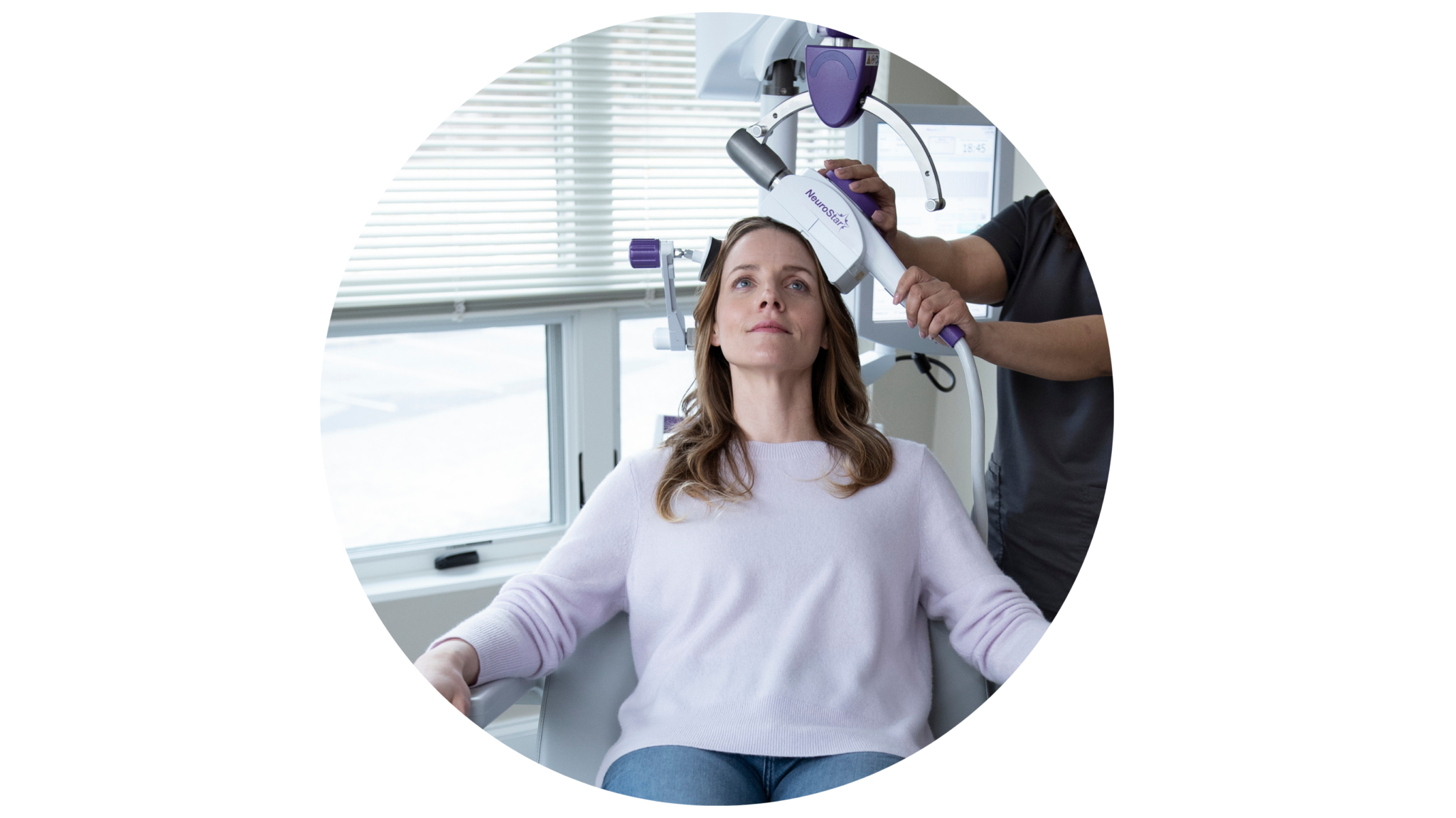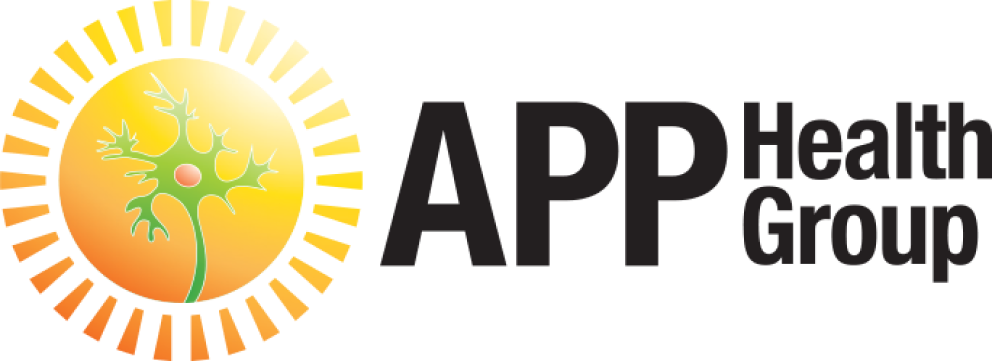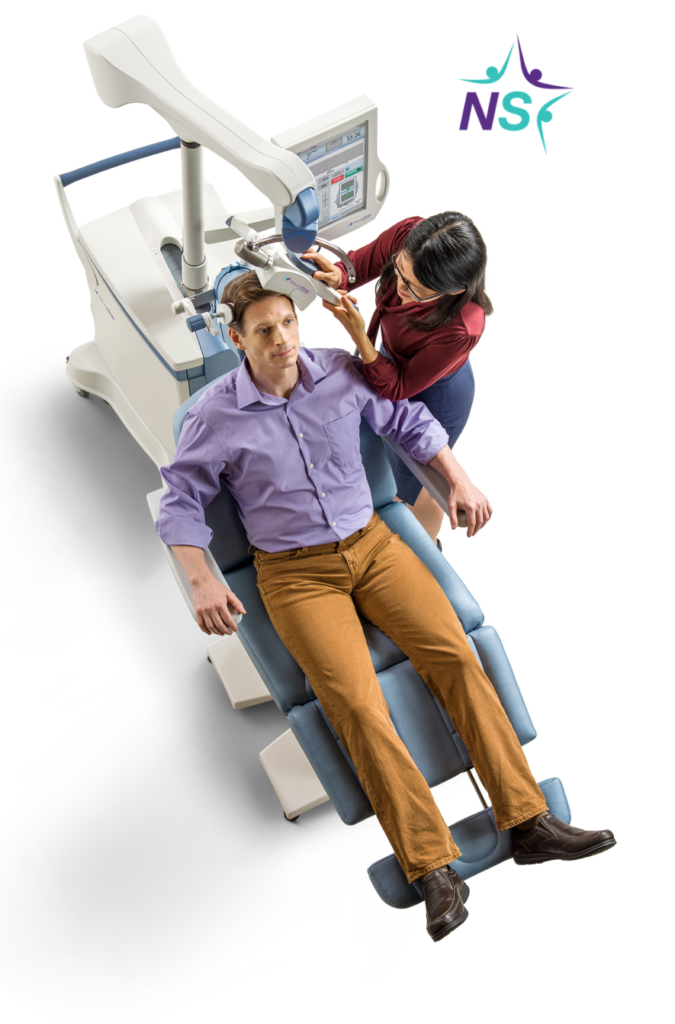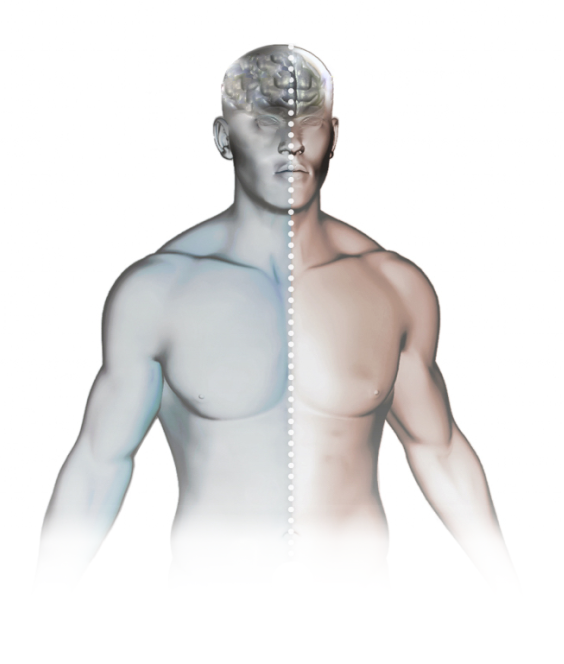New Rochelle
NeuroStar TMS - What to expect
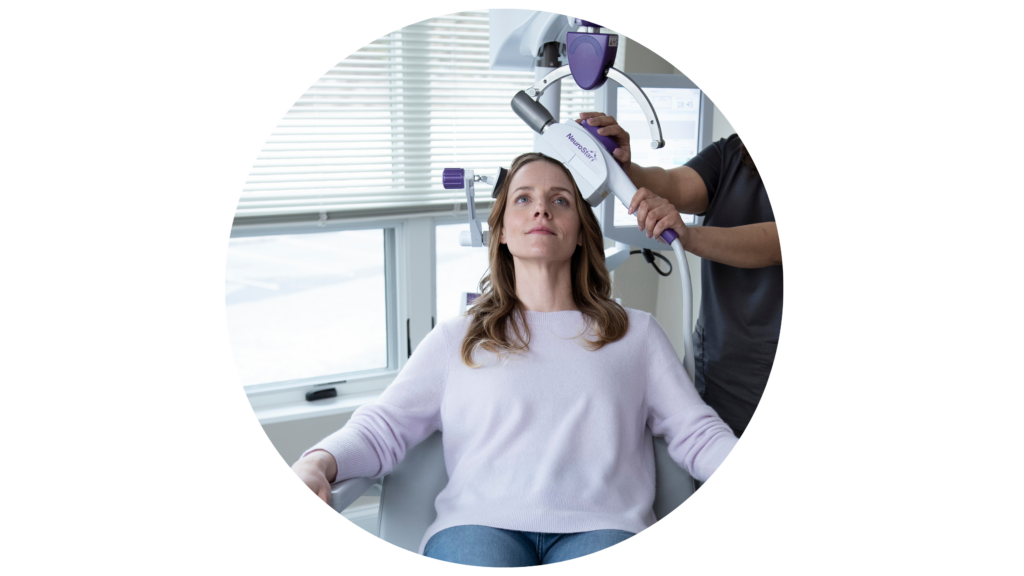
We know NeuroStar TMS is not your ordinary treatment, so it’s important to know exactly what to expect when you come in for treatment. Learn more about exactly what happens during a TMS treatment below.
For more information, call or text us at (212) 707-8662
